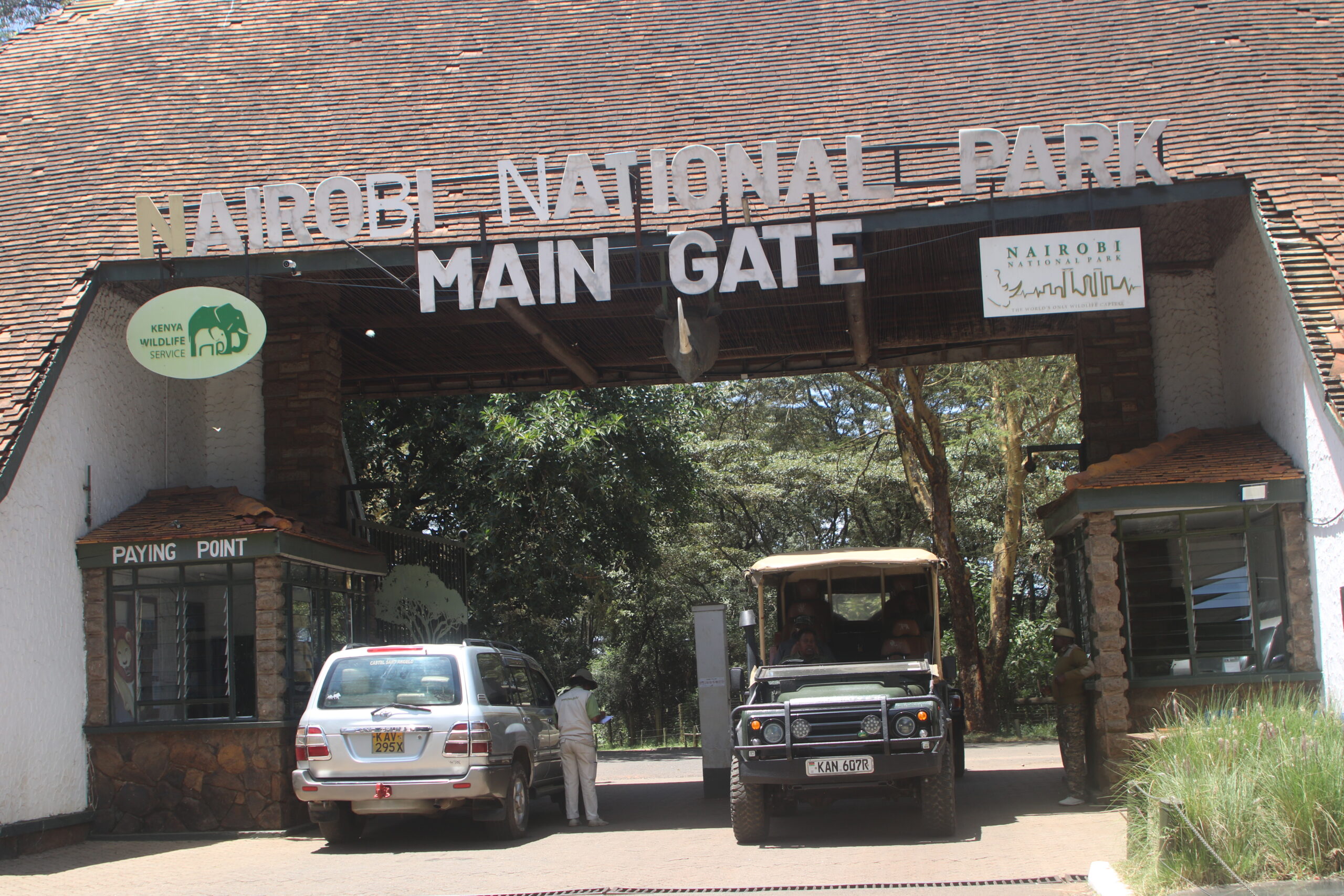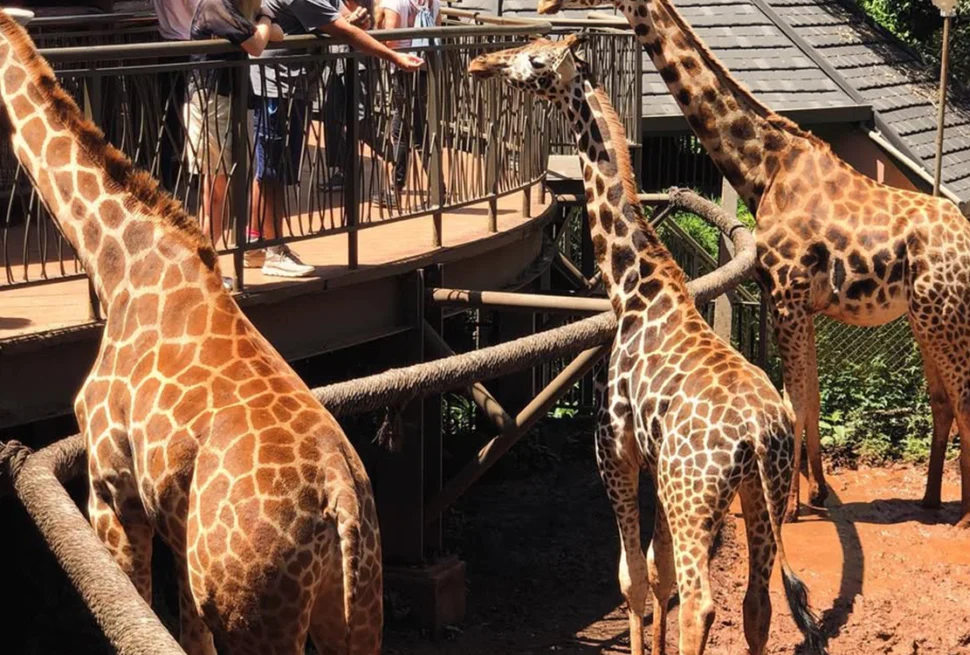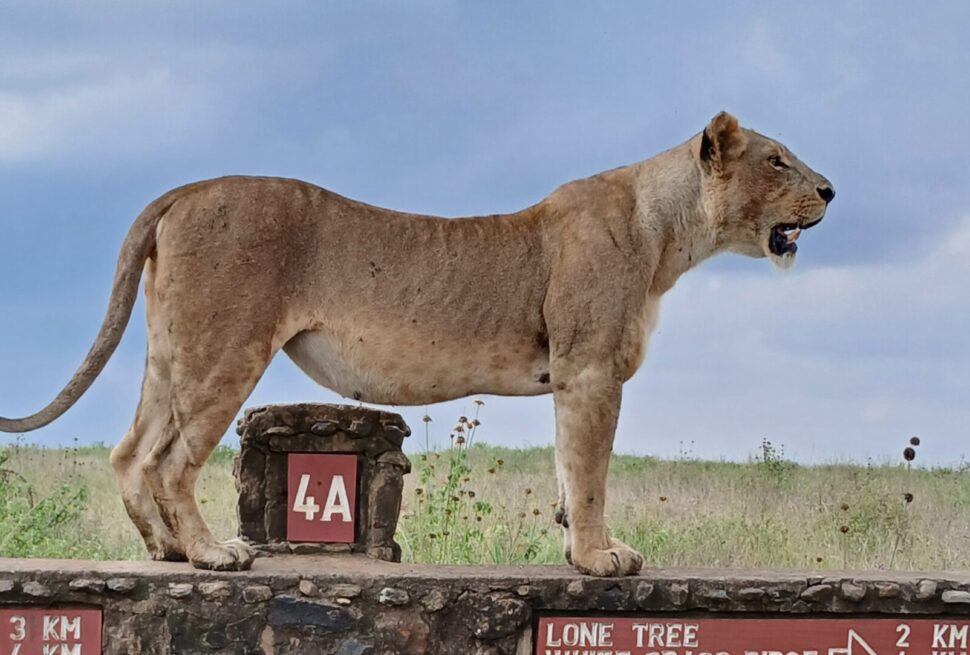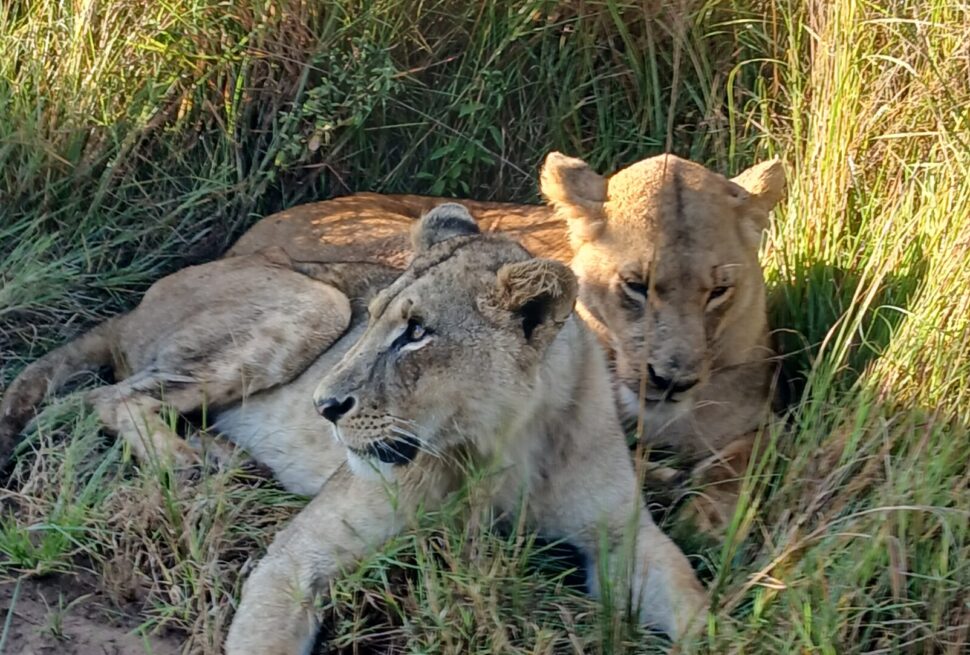Nestled just a few kilometers from the heart of Nairobi, Nairobi National Park stands as a living testament to Kenya’s rich wildlife heritage and pioneering conservation efforts. This unique park, established in 1946, was Kenya’s first national park—a bold step at a time when the country was beginning its journey towards preserving its natural treasures. Over the decades, the park has evolved from a simple safari destination into a critical hub for modern wildlife conservation, symbolizing the delicate balance between urban development and nature.
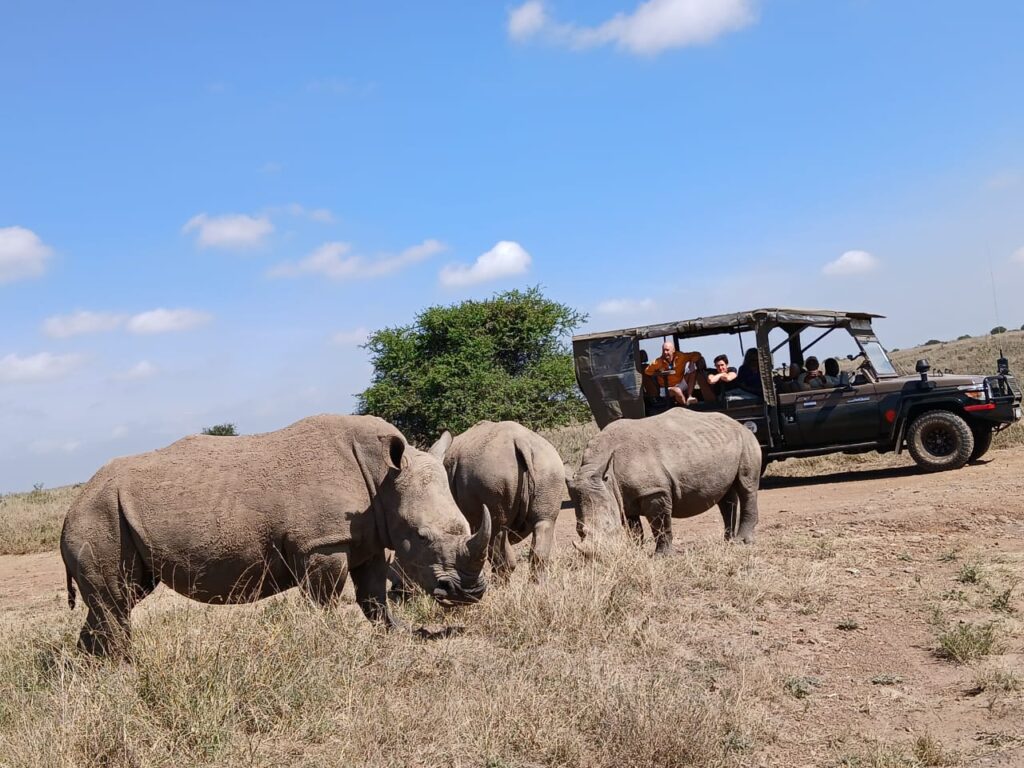
Nairobi National Park Past
Founding and Early Safaris:
In the mid-20th century, as Nairobi began to grow into a bustling metropolis, visionary conservationists recognized the urgent need to protect the dwindling wildlife populations. Nairobi National Park was established in 1946 to safeguard a remnant of Kenya’s once-vast wilderness, providing a sanctuary where animals could thrive amid the rapid urban expansion. Early safari enthusiasts, both locals and international travelers, marveled at the sight of lions, zebras, giraffes, and other iconic species roaming freely against the backdrop of the city skyline. These first safaris were not only thrilling adventures but also the seeds that would eventually grow into Kenya’s renowned wildlife tourism industry.
A National Treasure:
Despite its relatively small size—covering only 117 square kilometers—the park quickly became an emblem of Kenya’s natural heritage. Its proximity to Nairobi meant that families, school groups, and business travelers could experience an authentic African safari without the need for long journeys. This accessibility played a significant role in fostering a conservation mindset among urban residents, making the park a cherished destination for educational field trips and public awareness campaigns.
The Evolution of Conservation
From Recreation to Preservation:
As the years passed, the dual pressures of urban sprawl and human-wildlife conflict necessitated a shift in focus from recreational safaris to rigorous conservation efforts. The Kenya Wildlife Service (KWS) took charge of managing the park, implementing measures to protect endangered species like the black rhino and to mitigate the impacts of poaching and habitat loss. Initiatives such as the Nairobi Safari Walk were introduced to educate visitors on the ecological importance of the park and the broader challenges facing Kenya’s wildlife.
Modern Conservation Practices:
Today, Nairobi National Park is at the forefront of modern conservation. Advanced monitoring techniques, community outreach programs, and innovative anti-poaching measures have transformed the park into a dynamic conservation hub. Researchers and conservationists use the park as a living laboratory to study wildlife behavior, habitat restoration, and sustainable tourism practices. These efforts not only help secure the park’s future but also contribute to global conservation strategies by providing valuable insights into the challenges and solutions for protecting biodiversity in an increasingly urbanized world.
Nairobi National Park and Wildlife Tourism
A Model for Sustainable Tourism:
Nairobi National Park’s evolution mirrors Kenya’s own journey toward sustainable tourism. Once a simple safari attraction, the park now serves as a model for how wildlife tourism can coexist with conservation. Modern visitors can enjoy guided game drives, educational nature walks, and interactive experiences at nearby conservation centers like the David Sheldrick Wildlife Trust’s elephant orphanage. These activities not only offer unforgettable experiences but also raise awareness about the importance of preserving our natural heritage.

Significance to Kenya’s Heritage:
The park is more than just a tourist destination—it’s a cultural icon that reflects Kenya’s commitment to its natural history and environmental stewardship. By preserving a slice of the wild within an urban setting, Nairobi National Park allows both residents and visitors to connect with the land and its history. It serves as a constant reminder that even as cities grow, the wild spirit of Africa can still thrive if given a chance.
In Conclusion
From the first daring safaris in 1946 to the state-of-the-art conservation initiatives of today, Nairobi National Park has journeyed a remarkable path. It has evolved from a mere recreational getaway into a critical sanctuary that embodies Kenya’s dedication to preserving its wildlife for future generations. Whether you’re a wildlife enthusiast, a history buff, or a conservation advocate, the park offers a unique window into Kenya’s past, present, and future—a place where the wild meets the modern, and where every safari tells a story of resilience, hope, and the enduring beauty of nature.

